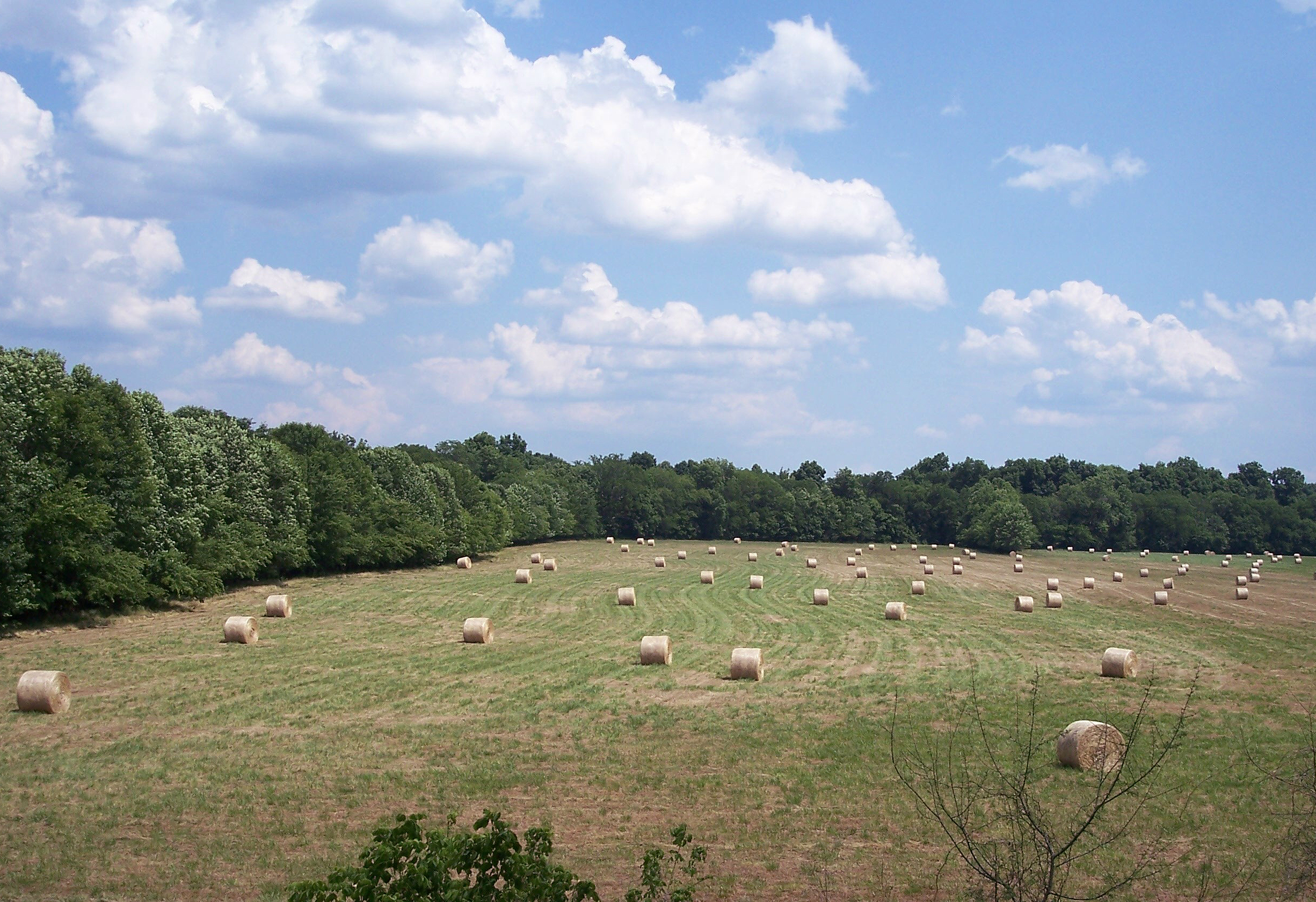News Release

NPS Photo
News Release Date: February 4, 2019
Contact: NewsMedia@nps.gov
WASHINGTON – The National Park Service today announced $748,298 in grants from the American Battlefield Protection Program (ABPP) to help protect 72 acres of America’s battlefields in Virginia threatened with damage or destruction by urban and suburban development. These grants will be used to acquire portions of the Fisher’s Hill and Opequon Battlefields; which are both significant Civil War Battlefields.
“Some of the most defining moments in our nation’s history were decided by conflicts that played out on hallowed grounds like these battlefields,” National Park Service Deputy Director P. Daniel Smith said. “In partnership with local communities and the Shenandoah Valley Battlefields Foundation, these grants will help preserve the battlefields for future generations.”
The Battle of Opequon occurred on September 19, 1864 between Confederate forces under Lieutenant General Jubal A. Early and Union forces under Major General Philip H. Sheridan. Considered the most important battle of Sheridan’s Shenandoah Valley Campaign, Union forces halted the Confederate advance and pushed them out of the city of Winchester in what came to be known as “whirling through Winchester”.
The Battle of Fisher’s Hill, the last battle of campaign, occurred immediately after the Battle of Opequon, from September 21-22, 1864. Fisher’s Hill resulted in the complete retreat of Confederate forces out of the Shenandoah Valley allowing Sheridan to control the entire region.
The Battlefield Land Acquisition Grant Program is administered by the ABPP, one of more than a dozen programs operated by the National Park Service that provide states and local communities technical assistance, recognition, and funding to help preserve their own history and create close-to-home recreation opportunities. Consideration for the battlefield land acquisition grants is given to battlefields listed in the National Park Service’s Civil War Sites Advisory Commission’s 1993 “Report on the Nation’s Civil War Battlefields” and the ABPP’s 2007 “Report to Congress on the Historic Preservation of Revolutionary War and War of 1812 Sites in the United States”.
Grants are awarded to units of state and local governments for the fee simple acquisition of land, or for the non-federal acquisition of permanent, protective interests in land easements. Private non-profit groups may apply in partnership with state or local government sponsors.
The grants are funded from the Land and Water Conservation Fund (LWCF), which uses revenue from federal oil and gas leases on the Outer Continental Shelf to purchase land, water and wetlands for the benefit of all Americans. Since its establishment in 1964, LWCF has conserved land in every state and supported tens of thousands of state and local projects, including the protection of important water sources, expansion of access for hunting and fishing, preservation of historic battlefields, and creation of ball fields and recreational areas.
For more information about ABPP, including these grants, please visit: https://www.nps.gov/orgs/2287/index.htm.
|
State |
Grantee |
Amount |
|
Virginia |
Virginia Department of Conservation and Recreation |
$357,565.83 |
|
Virginia |
Virginia Department of Conservation and Recreation |
$390,732.00 |
|
Total Funds |
|
$748,297.83 |
About the National Park Service. More than 20,000 National Park Service employees care for America's 418 national parks and work with communities across the nation to help preserve local history and create close-to-home recreational opportunities. Visit us at www.nps.gov, on Facebook www.facebook.com/nationalparkservice, Twitter www.twitter.com/natlparkservice, and YouTube www.youtube.com/nationalparkservice.
Last updated: February 11, 2019
